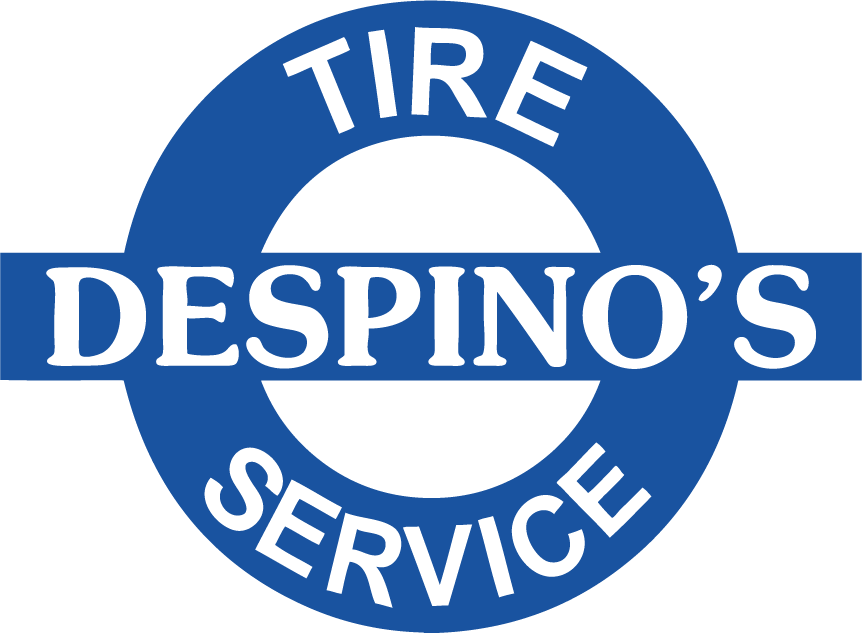Tire Pressure 101: The Secret to Safer, Smoother, and Smarter Driving
When it comes to vehicle maintenance, tire pressure is one of the most overlooked yet critical aspects. While it may seem like a minor detail, maintaining the correct tire pressure — as specified by the manufacturer in pounds per square inch (PSI) — plays a major role in your safety, fuel efficiency, and the overall performance of your vehicle.
1.) Safety First
Under-inflated or over-inflated tires can compromise your safety on the road. Tires that are not at the correct PSI are more likely to cause blowouts, especially at high speeds or in extreme temperatures. Low tire pressure can also reduce traction, making it harder to stop quickly or navigate sharp turns, particularly in wet or icy conditions. Properly inflated tires ensure the best contact between your tires and the road, which helps maintain control and reduce the risk of accidents.
2.) Better Fuel Efficiency
One of the simplest ways to save money at the pump is to maintain proper tire pressure. When tires are under-inflated, they create more rolling resistance — meaning your engine has to work harder and use more fuel to move the vehicle. According to the U.S. Department of Energy, for every 1 PSI drop in tire pressure, gas mileage can decrease by 0.2%. Keeping your tires inflated to the recommended level helps your vehicle run efficiently and cuts down on unnecessary fuel costs.
3.) Prolonged Tire Life — Get the most out of your tires!
Tires are a significant investment and keeping them at the right pressure helps them wear evenly. Under-inflated tires tend to wear out on the edges, while over-inflated tires wear out more quickly in the center. Either way, improper inflation leads to premature tire wear, which means you’ll be replacing tires more often than necessary. Regularly checking and adjusting your tire pressure can significantly extend the lifespan of your tires.
4.) Improved Vehicle Performance
Tire pressure affects more than just safety and fuel consumption — it also influences how your car handles. When your tires are at the recommended PSI, your steering, braking, and overall ride quality are optimized. Whether you’re navigating city streets or cruising down the highway, properly inflated tires give you better control and a smoother driving experience.
Final Thoughts
Checking your tire pressure takes just a few minutes but offers long-term benefits in safety, cost savings, and performance. Most vehicles have a recommended PSI listed in the owner’s manual or on a sticker inside the driver’s side door. Make it a habit to check your tire pressure at least once a month, and especially before long trips or major weather changes.
Your tires are the only part of your car that touches the road. Keeping them properly inflated is a simple but powerful way to ensure a safer, smoother, and more economical drive. CONTACT AS NOW FOR A FREE QUOTE!


